The Most Influential Comic Book Writers and Artists: From the dynamic panels of superhero sagas to the quiet intimacy of independent graphic novels, comics owe their evolving richness to a handful of visionary creators—writers and artists who have shaped the medium’s tone, style, and cultural resonance. Their pioneering work transcends simple entertainment, pushing boundaries and redefining what comics can be. In this comprehensive guide, we’ll explore some of the most influential figures in the world of comic books—detailing how they revolutionized storytelling, influenced entire generations, and cemented their legacies in popular culture.
Drawing on my personal experiences as a lifelong comics reader and creator, I’ll share anecdotes and insights about why these trailblazers continue to be revered. By the end, you’ll see how each visionary—a writer or artist—has changed the language of comics and why their impact endures.
1. The Early Architects of Modern Comics

1.1 Will Eisner
Influence: Considered the “father of the graphic novel,” Will Eisner’s career spanned decades, beginning in the 1930s. He redefined sequential art through pioneering storytelling techniques and a flair for cinematic pacing. His most famous creation, The Spirit, blended crime, noir, and witty commentary. Later, Eisner’s semi-autobiographical works—like A Contract with God (1978)—proved comics could tackle deeply personal, adult themes.
Why He Matters: Eisner’s approach to layout and panel transitions paved the way for today’s graphic novel format. He innovated how motion, mood, and emotion could be conveyed through static images. His later teaching and extensive lectures also guided future generations of creators.
Personal Insight: Reading A Contract with God felt like a revelation—here was a comic that tackled human drama with the gravity of a literary novel. Eisner’s fluid transitions and intimate settings made me realize how comics can be as potent as any prose novel in exploring life’s complexities.
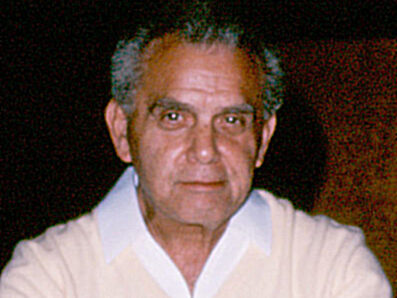
1.2 Jack Kirby
Influence: When discussing Marvel Comics’ iconic style, it’s impossible not to mention Jack “The King” Kirby. Co-creating major characters like Captain America (with Joe Simon), the Fantastic Four, the Hulk, Thor, and the X-Men (with Stan Lee), Kirby’s dynamic art style defined the superhero genre. Known for his explosive page layouts, “Kirby Krackle” (a distinctive energy effect), and cosmic imagination, Kirby shaped the look and feel of American superhero comics for generations.
Why He Matters: Kirby’s bold, larger-than-life aesthetic influenced how artists depict superhero action and cosmic grandeur. He introduced an epic sense of scale: swirling galaxies, colossal villains, and vividly choreographed fight scenes. Many of the storytelling conventions we take for granted—dramatic splash pages, powerfully contorted figures—derive from his innovative approach.
Personal Insight: As a kid, I remember flipping through old Fantastic Four issues and being awed by how each panel felt like it could barely contain the cosmic forces at play. Kirby’s pages literally burst with energy. Decades later, reading his work still ignites that childlike wonder in me, reminding me why the superhero genre endures.
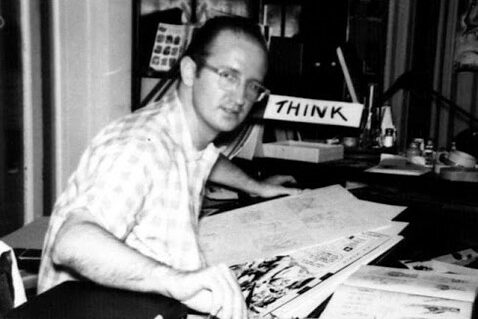
1.3 Steve Ditko
Influence: If Kirby was the king of cosmic might, Steve Ditko was the master of surreal psychedelia and eerie atmospheres. Best known for co-creating Spider-Man and Doctor Strange with Stan Lee, Ditko’s lean, angular line work and trippy visuals offered a distinct contrast to Kirby’s bombast. His Spider-Man comics introduced introspection and teenage angst as key components of the superhero formula.
Why He Matters: Ditko’s storytelling style brought a new emotional dimension to Marvel’s early heroes. His unique depiction of Spider-Man as a nimble, sometimes awkward figure contrasted the bulky heroes of the time, setting the stage for more relatable protagonists. Additionally, Doctor Strange’s dreamlike realms showcased Ditko’s boundless creativity, influencing how comics could represent mysticism and supernatural elements.
Personal Insight: My gateway into Ditko was through a collected edition of the early Doctor Strange arcs. It was unlike anything else in the Marvel line—esoteric shapes, swirling cosmic vortices, and a sense of otherworldly mystery. Ditko’s pages felt almost meditative, exemplifying that comics could be breathtakingly strange and introspective.
2. The Writers Who Reshaped Comic Narratives
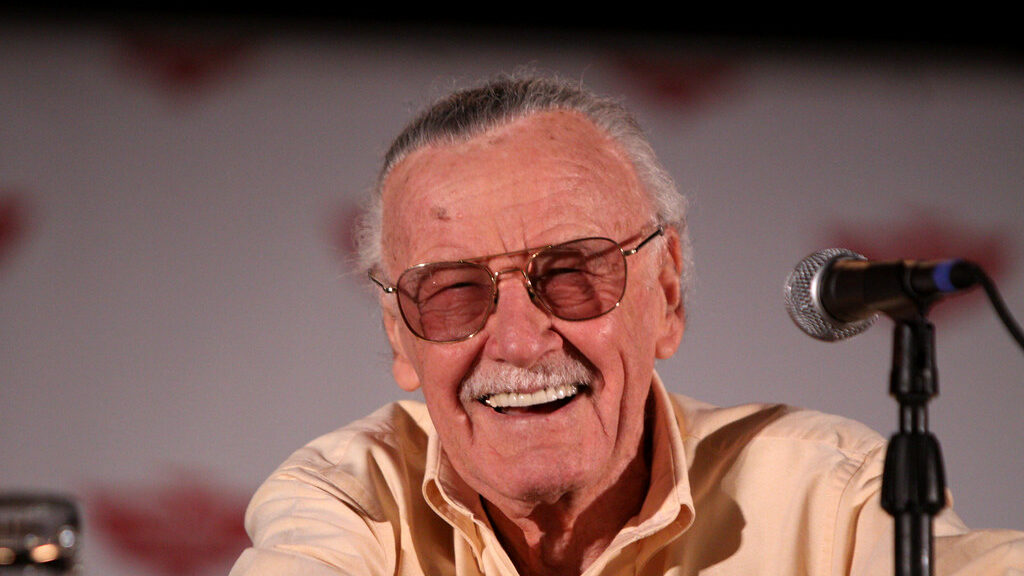
2.1 Stan Lee
Influence: Dubbed “Stan the Man,” Stan Lee co-created many of Marvel’s flagship characters—Spider-Man, the Fantastic Four, Iron Man, and more. While the extent of his contribution alongside artists like Kirby and Ditko is often debated, there’s no denying Lee’s storytelling approach revolutionized superhero comics. He introduced flawed, human heroes who wrestled with everyday problems—teenage drama, money issues, and emotional baggage.
Why He Matters: Before Lee, superhero comics tended to feature clean-cut icons of moral perfection. Lee’s brand of realism and relatability—coupled with a lively, often comedic tone—helped comics reach a broader, more mature audience. His editorial style, “Stan’s Soapbox,” fostered a sense of community among readers, making them feel personally connected to Marvel’s universe.
Personal Insight: Though overshadowed at times by the artistry of collaborators, Lee’s playful dialogue and irreverent editorial voice were what originally drew me into the Marvel Universe. Reading old letter columns, where Lee bantered with fans, gave me a sense that comics could be an inclusive and interactive community—an ethos still felt in today’s fandoms.
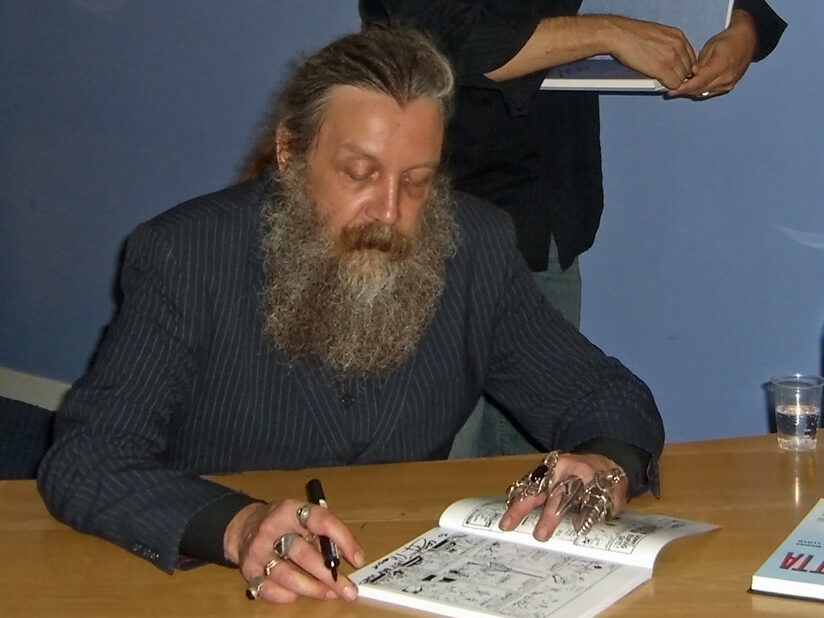
2.2 Alan Moore
Influence: Few writers are as synonymous with “literary” comics as Alan Moore. Works like Watchmen, V for Vendetta, From Hell, and Swamp Thing redefined the scope and ambition of comic storytelling. Moore’s intricate plotting, philosophical undertones, and subversive take on superheroes showed that comics could be intellectually rigorous and socially conscious.
Why He Matters: Watchmen (illustrated by Dave Gibbons) deconstructed the superhero genre, using realism, politics, and a psychologically complex cast to explore themes of power, responsibility, and morality. Moore’s success bridged the gap between mainstream and alternative comics, paving the way for today’s “mature readers” imprints and graphic novels taught in universities.
Personal Insight: Encountering Watchmen in my late teens was life-changing. I remember being floored by how the structure—nested stories, parallel narratives, and recurring visual motifs—expanded my idea of what comics could achieve. Moore’s style motivated me to look for deeper layers in sequential storytelling, teaching me that each panel can hold multiple meanings.
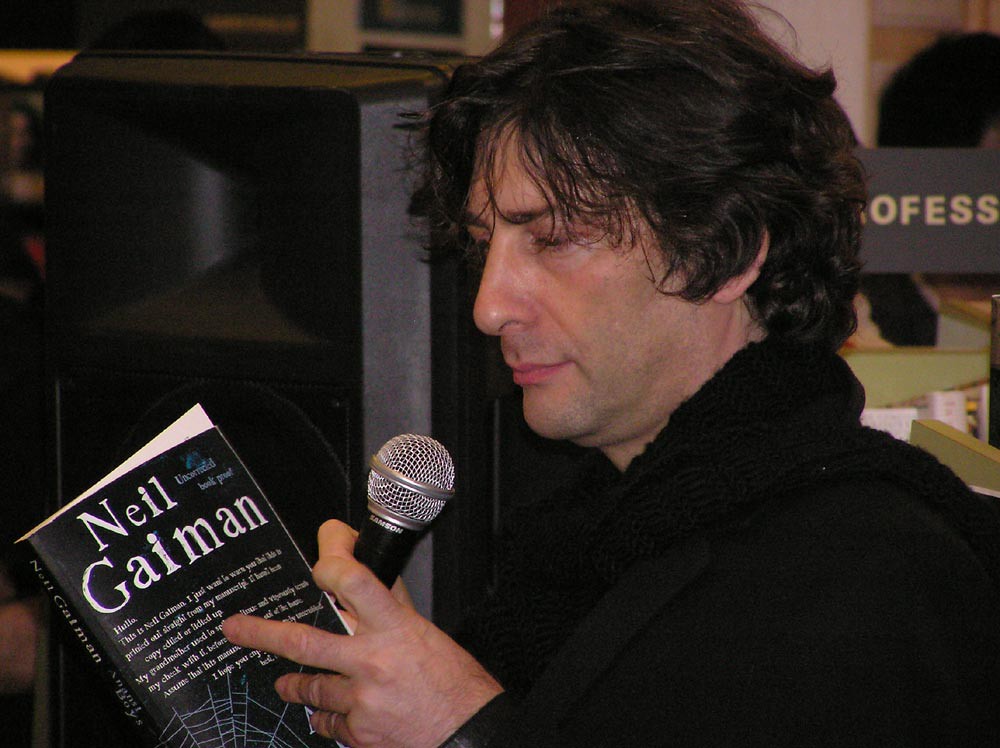
2.3 Neil Gaiman
Influence: Neil Gaiman’s The Sandman series (launched under DC’s Vertigo imprint) is often hailed as a masterpiece of fantasy in comics form. Blending myth, horror, and literary references, Gaiman crafted a sprawling narrative around Dream (Morpheus), one of the Endless—anthropomorphic personifications of universal concepts like Death and Desire.
Why He Matters: Gaiman demonstrated that comics could seamlessly merge high fantasy, theology, folklore, and contemporary drama. The scope of The Sandman showcased that monthly issues could form a grand tapestry of interconnected stories, each filled with poetic language and imaginative visuals.
Personal Insight: Reading The Sandman for the first time was like stepping into a surreal library of myths, each volume unveiling new layers of character and world-building. Gaiman’s approach to thematic depth—life, dreams, destiny—highlighted comics’ ability to tackle universal questions with an otherworldly twist. It’s a series I revisit often, gleaning fresh insights each time.
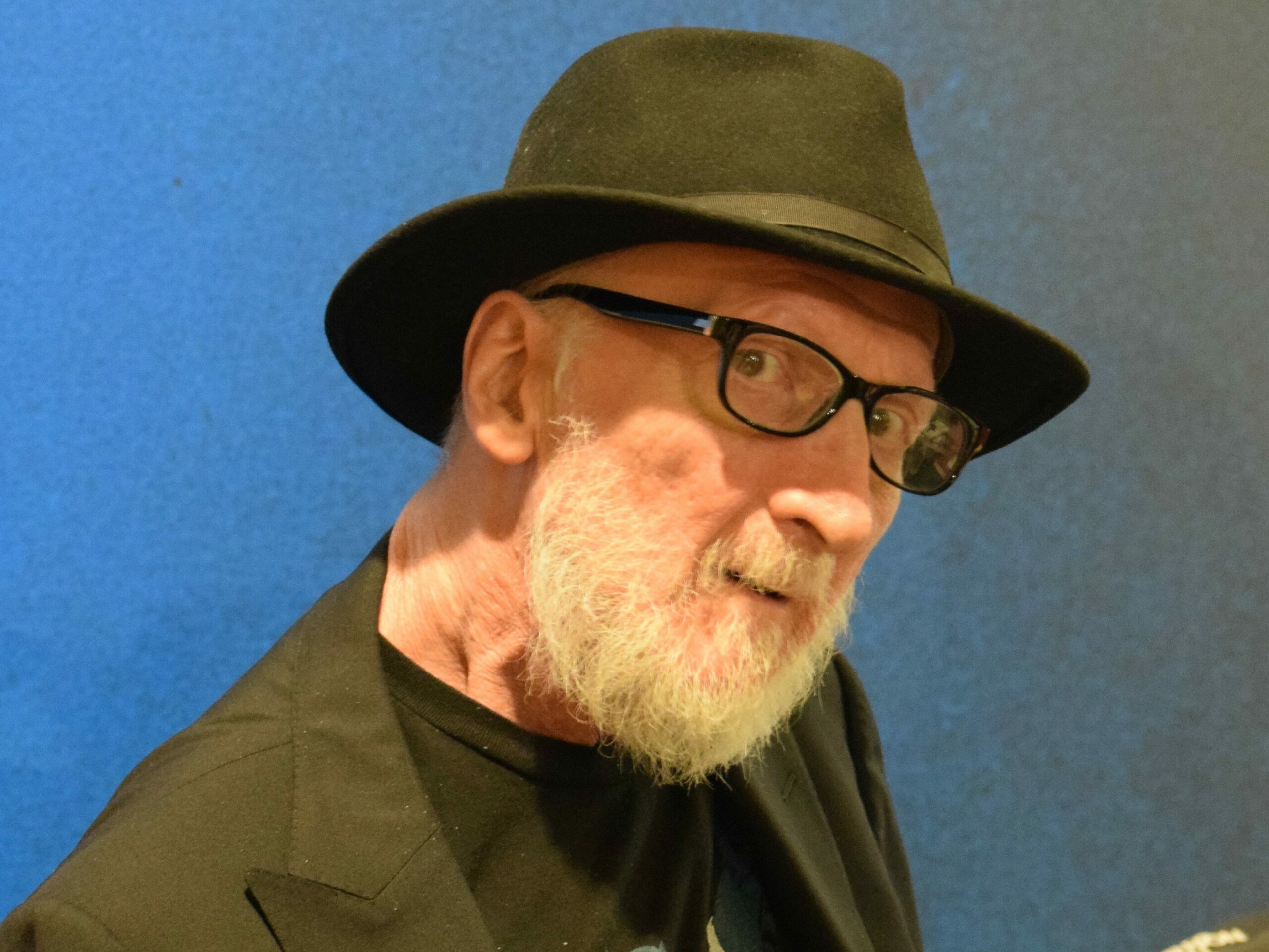
2.4 Frank Miller
Influence: Frank Miller took gritty realism and infused it into superhero lore like never before. His runs on Daredevil brought noir elements into mainstream Marvel, while Batman: The Dark Knight Returns revitalized the Caped Crusader as a brooding antihero. Later works, like Sin City and 300, redefined crime noir and historical fantasy through stark black-and-white art and terse, hardboiled narration.
Why He Matters: Miller’s focus on moral ambiguity, street-level grit, and psychological depth influenced a generation of creators. His vision for Batman especially ushered in a darker era for superhero comics, reminding publishers that mature, adult-focused narratives could be commercially successful.
Personal Insight: My first encounter with Miller was Batman: Year One. The story’s stripped-down, realistic approach made Gotham City feel like a crime-ridden metropolis you could almost reach out and touch. That intimacy—focusing on flawed characters grappling with violence—reshaped how I viewed the superhero genre. It wasn’t just about colorful costumes; it was about human fragility beneath the mask.
3. Trailblazing Artists Who Defined Visual Standards

3.1 Neal Adams
Influence: Neal Adams is known for injecting realism and anatomical precision into superhero art during the late 1960s and ’70s. His work on Batman, Green Lantern/Green Arrow, and X-Men combined dynamic page layouts with striking realism, influencing how characters were drawn for decades.
Why He Matters: Prior to Adams, comic art often leaned on stylized proportions and simpler backgrounds. Adams brought a new level of musculature detail, dramatic lighting, and expressive faces. His activism for creators’ rights also led to improved working conditions and royalty arrangements for many artists.
Personal Insight: Seeing Adams’ rendition of Batman was a revelation—the Dark Knight appeared lithe yet formidable, set against moody backdrops. It was like a halfway point between the campy ’60s TV Batman and the modern vigilante. Adams’ approach taught me how crucial atmospheric backgrounds and realistic anatomy are in making characters resonate.
3.2 John Romita Sr. and John Romita Jr.

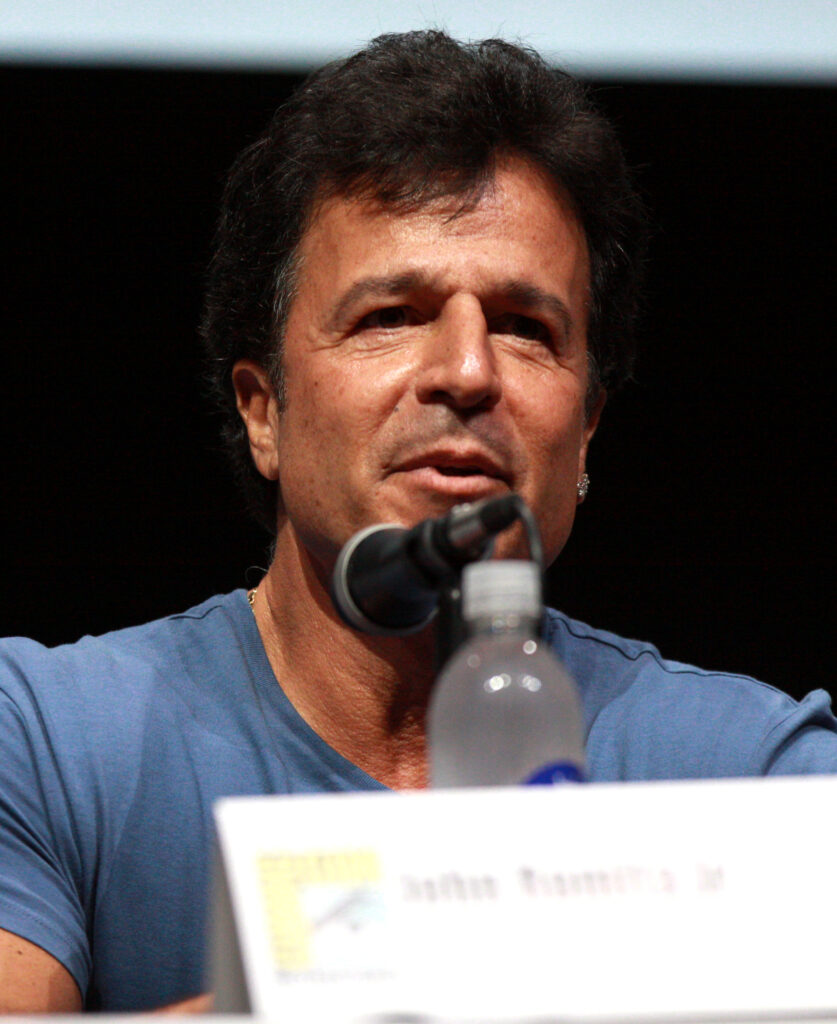
Influence: Father and son both shaped Marvel Comics’ house style in distinct eras. John Romita Sr. streamlined Spider-Man after Steve Ditko’s departure, giving the character a cleaner, friendlier look. Later, John Romita Jr. forged his own path with a blocky, energetic style showcased on titles like Iron Man, Daredevil, and Kick-Ass.
Why They Matter: The Romitas epitomize the generational evolution of comic art. Senior’s graceful lines and romantic flair appealed to a 1960s audience, while Junior’s bold angles and kinetic paneling reflect modern tastes. Together, they offer a living timeline of Marvel’s artistic shifts.
Personal Insight: Growing up, I’d see John Romita Sr.’s Spider-Man on classic merchandise and then stumble onto John Romita Jr.’s distinctly more angular, dramatic figures in X-Men. Realizing they were father and son was almost magical—like seeing how comics can evolve within a single family legacy.
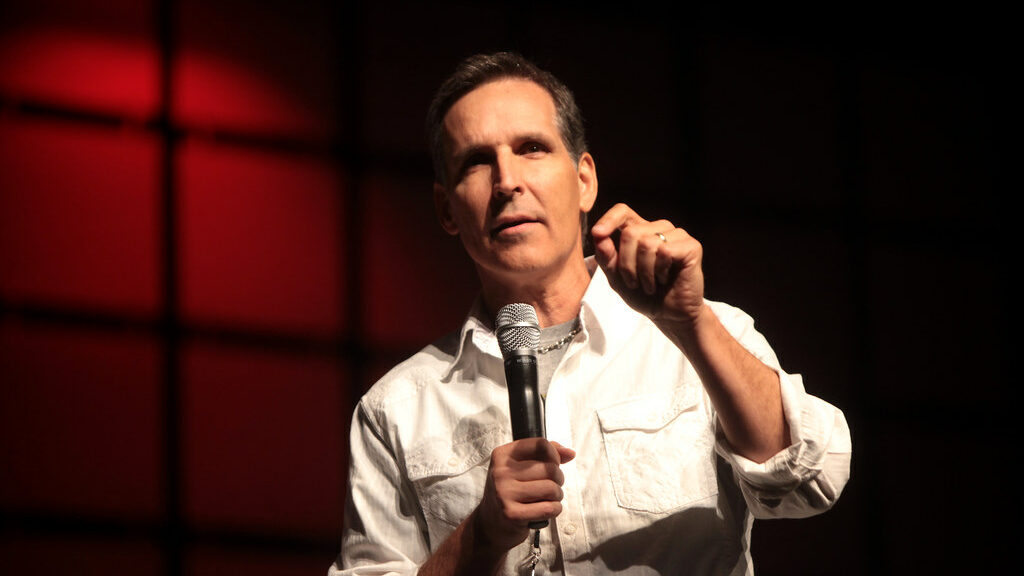
3.3 Todd McFarlane
Influence: In the late 1980s and early ’90s, Todd McFarlane became a superstar artist thanks to his run on The Amazing Spider-Man. His hyper-detailed line work, exaggerated anatomy, and elaborate webbing design (dubbed the “spaghetti web”) revitalized the character’s look. He later co-founded Image Comics, creating Spawn, a dark antihero series that sold millions and broadened creator-owned possibilities.
Why He Matters: McFarlane’s flair for extreme poses and elaborate page layouts, combined with his entrepreneurial push for creator rights, helped spawn (pun intended) a new era of artistry and independence in the industry. He proved artists could be brands unto themselves, leading to an era of celebrity comic creators.
Personal Insight: I remember how unstoppable McFarlane’s Spider-Man seemed in each panel—limbs twisted in improbable angles, webs practically alive. That sense of fluid motion captured my imagination. When he launched Spawn, it felt like a rebellious departure from mainstream norms—an indie vibe with AAA visuals that changed how I looked at the business side of comics.
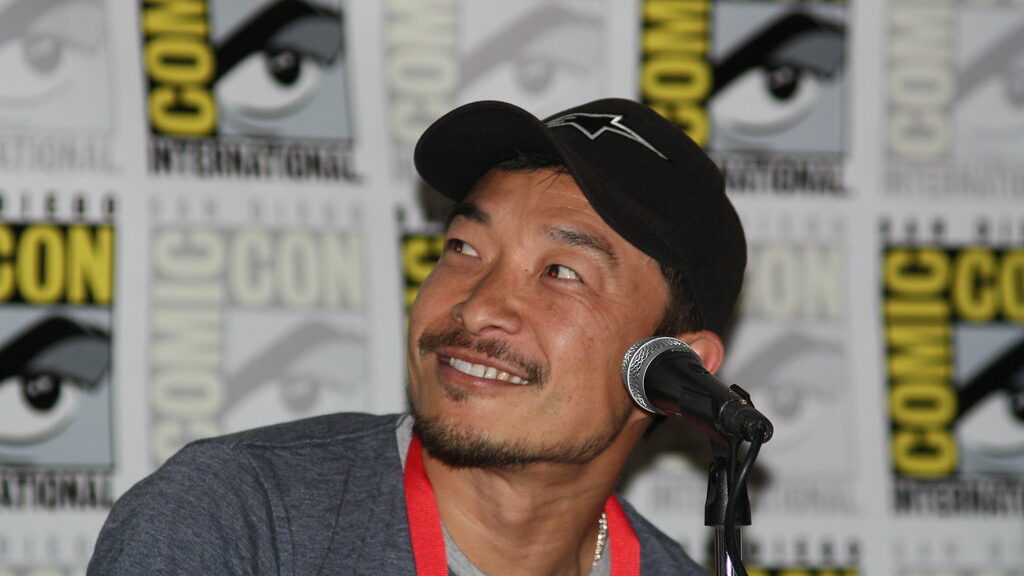
3.4 Jim Lee
Influence: Rising to fame with Marvel’s X-Men, Jim Lee’s sleek, muscular designs and meticulously rendered costumes redefined the 1990s superhero aesthetic. As a co-founder of Image Comics, Lee launched WildC.A.T.s, eventually founding WildStorm Productions. Later, he moved to DC, contributing iconic runs on Batman (Hush with Jeph Loeb) and rising to an executive role shaping DC’s line-wide art direction.
Why He Matters: Lee’s style encapsulated the flashy, hyper-stylized ’90s approach, but it also had a level of polish that transcended the “extreme” trends. His seamless transition from artist to publisher and later to DC executive highlighted that comic artists could wield significant influence in editorial decisions as well.
Personal Insight: As a teenager, collecting X-Men #1 with Lee’s gatefold cover was a rite of passage. His costumes and character designs—though sometimes impractical—were undeniably cool, capturing that youthful energy I craved. Even now, flipping through those pages is a nostalgic rush, reminding me why the ’90s were a transformative era for comics.
4. Innovators of the Modern (and Post-Modern) Era
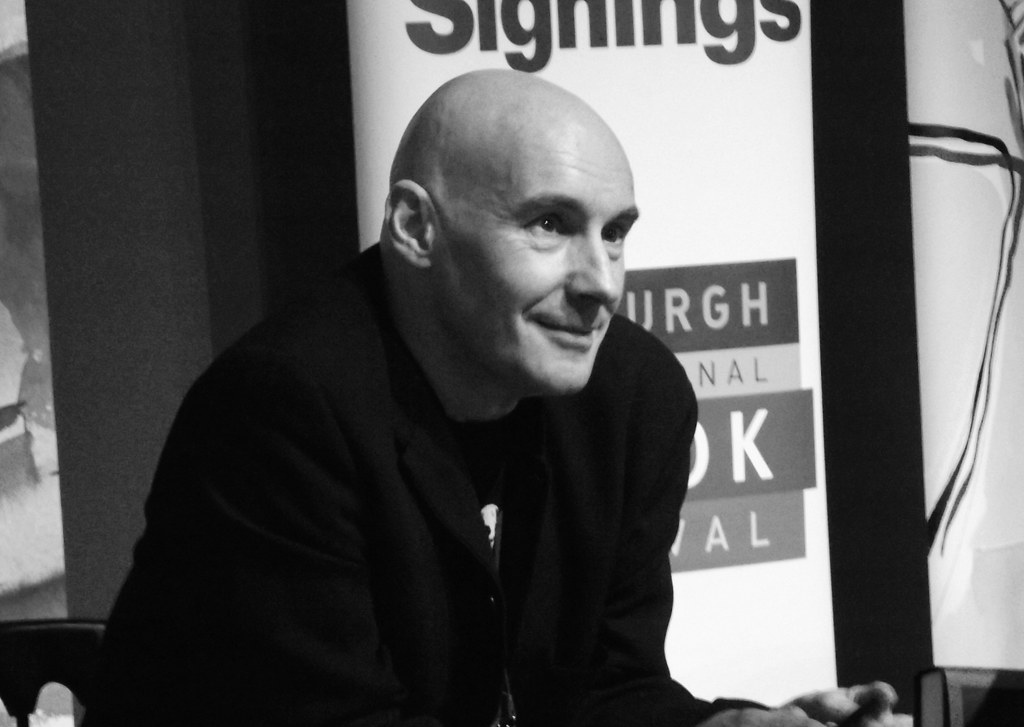
4.1 Grant Morrison
Influence: Known for their mind-bending narratives, Grant Morrison has penned everything from esoteric indie titles (The Invisibles) to mainstream superhero arcs (All-Star Superman, Batman, Justice League). Morrison’s fascination with magic, metafiction, and surrealism infuses their work with a distinctive dreamlike quality.
Why They Matter: Morrison demonstrated that mainstream superhero tales could be intellectual playgrounds exploring big ideas—multiversal structures, meta-commentary on fandom, or the nature of reality itself. Their reimagining of Superman in All-Star Superman is often hailed as one of the most heartfelt tributes to the character.
Personal Insight: All-Star Superman was my gateway to Morrison’s style, and it left me spellbound. The arcs felt like a cosmic love letter to old-school superhero wonder, meshed with grand philosophical undertones. Whenever I need reminding that comics can be simultaneously playful and profound, I revisit Morrison’s writing.

4.2 Brian K. Vaughan
Influence: With titles like Y: The Last Man, Saga (co-created with artist Fiona Staples), and Paper Girls, Brian K. Vaughan is a master of blending high-concept premises with deeply relatable characters. His knack for snappy dialogue and emotional resonance has made him a staple in both indie and mainstream circles.
Why He Matters: Vaughan’s focus on character relationships amid sprawling, imaginative settings bridges the gap between epic sci-fi/fantasy and grounded human storytelling. Saga, for example, merges Star Wars-like grandeur with the intimacy of a family drama, appealing to a wide readership beyond typical superhero fare.
Personal Insight: Reading Saga reminds me how heartbreakingly human comics can be, even when they feature alien races and interstellar wars. Vaughan’s talent for weaving personal conflicts into cosmic settings inspired me to see each panel not just as a spectacle, but as a window into genuine emotions.

4.3 Fiona Staples
Influence: As the artist for Saga, Fiona Staples has become one of the most influential contemporary comic book artists. Her painterly coloring, expressive character designs, and cinematic layouts stand out in an industry often dominated by more traditional superhero aesthetics.
Why She Matters: Staples’ approach blurs the line between digital and traditional art, offering luminous visuals that shift seamlessly between quiet drama and intense action. In an era where women artists are still fighting for recognition, her commercial and critical success paves the way for more diverse voices.
Personal Insight: The first time I saw Staples’ work on Saga, I was mesmerized by how effortlessly she made each alien species feel alive and emotionally real. She has a gift for facial expressions that convey volumes in a single panel. It reminded me that comics, at their best, can be as visually nuanced as any fine art.

4.4 G. Willow Wilson
Influence: G. Willow Wilson garnered acclaim for Ms. Marvel (2014), introducing Kamala Khan—a Pakistani-American teenager from Jersey City who becomes a shape-shifting superhero. Wilson’s writing infuses young-adult energy with nuanced explorations of identity, faith, and cultural diversity in modern America.
Why She Matters: By spotlighting an everyday teen who juggles family expectations, school drama, and newly discovered superpowers, Wilson expanded the inclusivity of superhero narratives. Kamala Khan quickly rose to popularity, reflecting a growing hunger for representation among readers of all backgrounds.
Personal Insight: Picking up that first Ms. Marvel trade, I instantly connected with Kamala’s teenage awkwardness and sense of cultural in-betweenness. Wilson’s delicate handling of cultural tensions—without ever losing sight of classic superhero fun—made it an easy recommendation to readers who previously felt alienated by mainstream comics.
5. Visionaries in Non-Superhero Realms
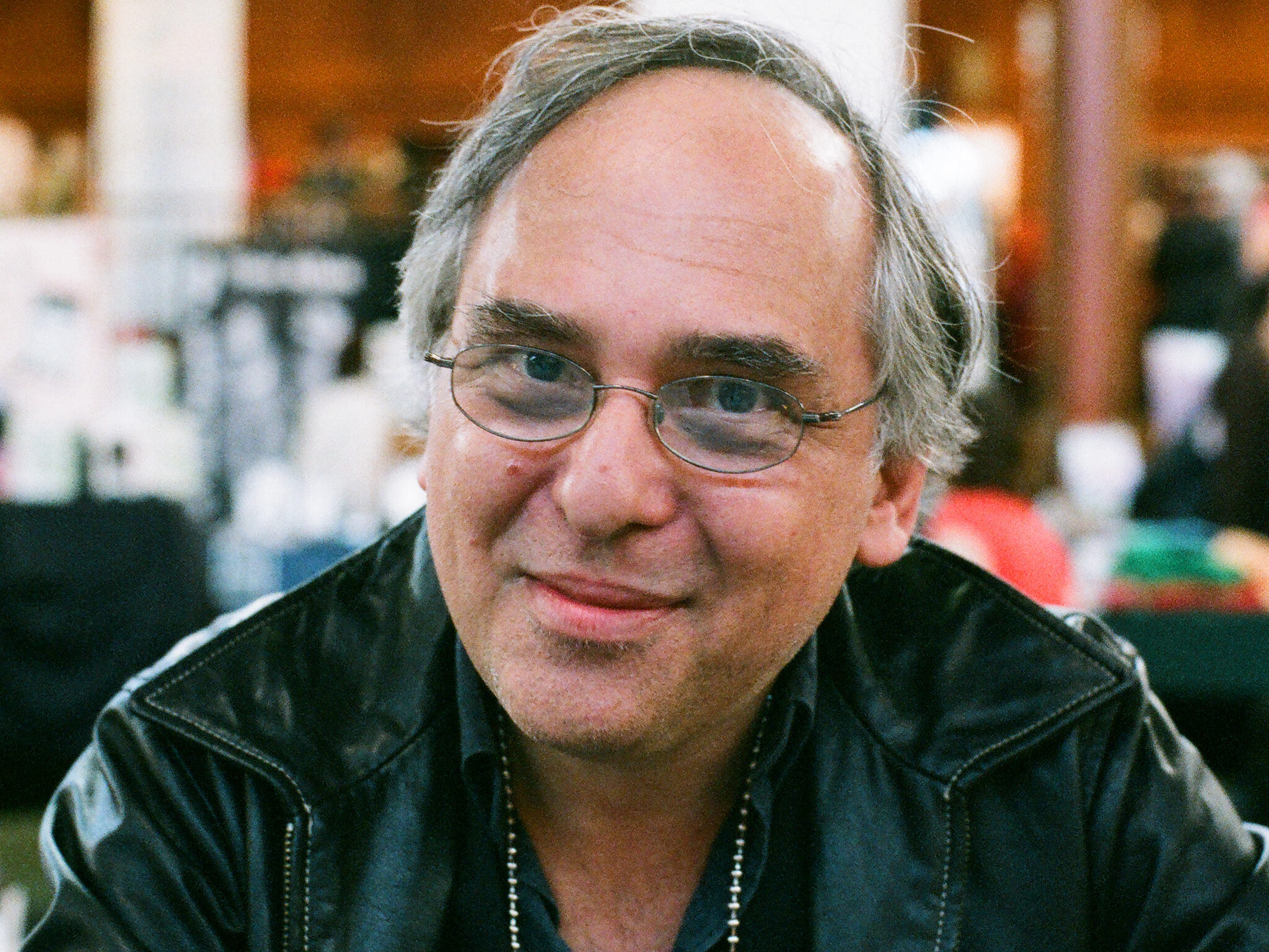
5.1 Art Spiegelman
Influence: Art Spiegelman’s Maus, which recounts his father’s experiences during the Holocaust using anthropomorphic animals, broke barriers in terms of theme and critical recognition. Maus won a Pulitzer Prize in 1992, a testament to how comics could tackle history, trauma, and deeply personal subject matter at a literary level.
Why He Matters: Spiegelman’s raw, sometimes uncomfortable honesty, coupled with the stripped-down black-and-white art, highlighted that comics could function as memoir, journalism, and social commentary all at once. It opened the door for more autobiographical and historical graphic novels.
Personal Insight: Reading Maus was a stark departure from the fantastical comics I’d grown up with. I recall feeling a deep emotional weight after each chapter. Spiegelman’s simple art style stripped away artifice, focusing on the sheer humanity (and tragedy) of the narrative. It showed me that comics could be a vehicle for difficult truths, not just escapist fiction.

5.2 Marjane Satrapi
Influence: Persepolis, Satrapi’s autobiographical account of growing up in Iran during the Islamic Revolution, offered a Western audience insight into a world rarely seen in mainstream comics. Her minimalist black-and-white art and frank storytelling delved into themes of identity, nationalism, and personal freedom.
Why She Matters: Satrapi demonstrated that a personal memoir, set against a backdrop of political upheaval, could resonate globally. Persepolis became both a literary sensation and a staple in classrooms, further legitimizing comics as tools for cultural and historical education.
Personal Insight: Persepolis struck me with its immediacy—Satrapi’s sparse lines felt like a window directly into her memories. The emotional honesty in each panel taught me how personal narratives—when rendered visually—can foster powerful empathy, bridging cultural divides.

5.3 Alison Bechdel
Influence: Creator of the long-running comic strip Dykes to Watch Out For and the graphic memoir Fun Home, Alison Bechdel brought LGBTQ+ experiences to the forefront of comics. Fun Home became a New York Times bestseller, later adapted into a Tony Award–winning musical, proving once again that comics could excel in autobiographical storytelling.
Why She Matters: Bechdel’s focus on sexuality, gender identity, and family relationships challenged assumptions about what a comic could address. She also popularized the “Bechdel Test,” a measure of female representation in film and other media.
Personal Insight: Reading Fun Home felt like an intimate conversation with Bechdel herself. The complexity of her family relationships and her own self-discovery journey underscored how comics could depict real-life introspection as effectively as any novel. Her work inspired me to consider how personal and revealing I could be in my own storytelling.
6. The Ripple Effect: How These Creators Continue to Shape the Medium
- Innovative Techniques: From Eisner’s cinematic layouts to Kirby’s explosive splash pages, these pioneers introduced new tools for visual dynamism.
- Deeper Themes: Writers like Moore, Gaiman, and Morrison proved that comics could handle philosophical and political nuance—paving the way for “mature” imprints and cross-genre experimentation.
- Representation & Diversity: Creators such as Wilson, Satrapi, and Bechdel expanded mainstream comics’ cultural reach. Comics now increasingly highlight diverse voices and experiences, reflecting broader social movements.
- The Rise of Graphic Novels: Thanks to Spiegelman and Satrapi, graphic novels transitioned from niche collectibles to literary mainstays, influencing everything from bookstore sections to college syllabi.
- Creator Ownership: The formation of Image Comics by McFarlane and Lee, among others, championed the idea that artists and writers could own their characters, redefining industry contracts and nurturing indie scenes.
7. Personal Take: Why Their Influence Still Matters
As someone who has both read and attempted to create comics, I find these influencers indispensable not just for their iconic works, but for how they continually remind me that comics are infinitely flexible. They can be bombastic adventures or quiet meditations, they can address fantasy or stark reality, and they can be comedic or painfully tragic. The synergy between a writer’s vision and an artist’s execution is part of what makes the medium so compelling.
Even years or decades after their prime, new creators cite these giants as inspirations. Whether you’re exploring complex moral dilemmas in a superhero epic or depicting everyday life in a slice-of-life webcomic, you’re operating in a field these pioneers expanded. As fan communities grow and more creators enter the scene—especially those from underrepresented backgrounds—the blueprint left by these luminaries is more important than ever.
8. The Most Influential Comic Book Writers and Artists: Charting the Future of Comics Through Past Innovators
The history of comics is rich with trailblazers who broke barriers in storytelling, art style, thematic complexity, and market innovation. From early masters like Will Eisner and Jack Kirby to modern luminaries like Neil Gaiman, Alan Moore, and Fiona Staples, each name on this list has pushed the boundaries of the medium in their own unique way—ensuring that comics remain vibrant, evolving, and far from being mere “kid’s stuff.”
In an age where cinematic universes dominate pop culture and graphic novels find acceptance in academic circles, it’s essential to remember the creators who laid the foundation. Their cumulative influence—whether you’re seeing Kirby’s cosmic flair in the latest Marvel blockbuster or reading G. Willow Wilson’s heartfelt depiction of teenage heroism—illustrates how one generation’s innovations become the next generation’s stepping stones. Comics today stand at an exciting crossroads, with digital platforms, crowdfunding, and global influences mixing into a diverse tapestry. The path forward, as always, is illuminated by the legacies of these iconic writers and artists.




3 Comments